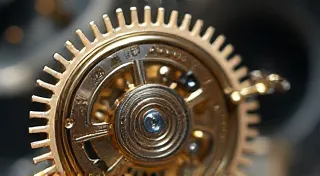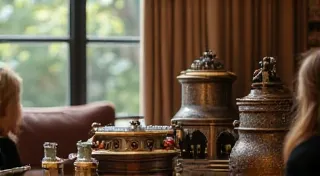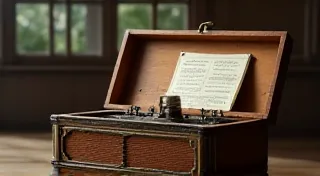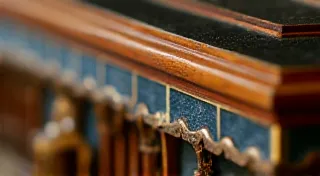Restoring the Finish on a Vintage Music Box: Techniques and Materials
Vintage musical boxes are treasured possessions, their intricate mechanisms and delicate aesthetics evoking a bygone era. While the mechanics are fascinating to repair, the finish – the wood, lacquer, or paint that adorns the exterior – often bears the marks of time. Fading, scratches, water damage, and dullness can all detract from a music box's beauty. Restoring the finish isn’t always a straightforward process; it requires patience, a keen eye, and a careful selection of materials. This guide provides detailed techniques and material recommendations for restoring the finish on your vintage music box, helping you reveal its original splendor. Before you begin, remember that understanding the underlying issues is key—sometimes, what appears to be a finish problem stems from a more fundamental mechanical fault. You can learn about common problems with antique music boxes, so you know whether restoration involves more than just a cosmetic fix.
Understanding the Original Finish
Before embarking on any restoration, it’s crucial to understand the original finish. Identifying the type of finish allows you to choose appropriate cleaning and restoration methods. Here are some common finishes found on vintage musical boxes:
- French Polish: A series of thin layers of shellac applied with a cloth, buffed to a high gloss. Characterized by its warm, deep luster.
- Lacquer: A durable finish applied as a thin layer, often used for its durability and clarity.
- Varnish: Similar to lacquer but generally less durable. Can range in gloss levels.
- Paint: Often found on later musical boxes, can be oil-based or acrylic.
- Wax: A protective layer applied over other finishes, offering a soft sheen.
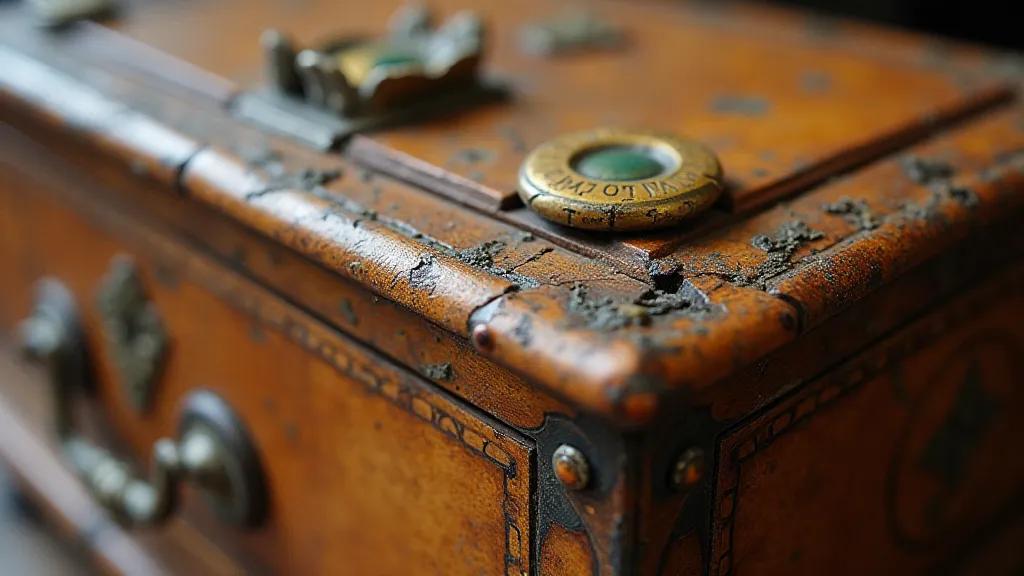
Cleaning the Finish: The Foundation of Restoration
Cleaning is the first and often most important step. A thorough cleaning removes dirt, grime, and old wax buildup, revealing the underlying condition of the finish. It’s surprising how much improvement can be achieved simply through meticulous cleaning alone. Sometimes, what looks like significant damage is merely the result of years of accumulated grime.
- Gentle Cleaning: Start with a soft, damp cloth and mild soap (like dish soap diluted in water). Gently wipe the surface, following the grain of the wood.
- Mineral Spirits: For stubborn grime or old wax, mineral spirits can be effective. Apply sparingly with a soft cloth, wiping in the direction of the grain. Test in an inconspicuous area first!
- Specialized Cleaners: Specific cleaners are available for antique furniture and musical boxes. Always follow the manufacturer's instructions.
- Always test any cleaning solution in a hidden area first.
- Use soft, lint-free cloths to avoid scratching the finish.
- Avoid harsh chemicals, which can damage the finish.
Minor scratches and chips can often be repaired without complete refinishing. Here's how:
- Light Scratches: For hairline scratches, a furniture polish containing silicone can help to minimize their appearance. Buff gently.
- Deeper Scratches: These may require a touch-up with tinted wax or a matching filler. Apply sparingly and blend carefully.
- Chips: Carefully fill chips with a matching wood filler or epoxy. Allow to dry completely, then sand smooth and blend with the surrounding finish. Consider that the comb itself might be damaged too—you can find resources about replacing a broken comb if you suspect more than just a finish problem.
When the damage is extensive or the finish is beyond repair, refinishing is necessary. The approach depends on the original finish and the desired outcome. It’s worth noting that finding original replacement parts can be tricky. If your music box is missing pieces, check out this guide about finding replacement music box parts.
French Polishing
Replicating the original French polish requires considerable skill and patience. It involves applying multiple thin layers of shellac dissolved in denatured alcohol, each layer being meticulously buffed to a high gloss. This is a time-consuming process best left to experienced restorers. The result, however, is a finish that truly embodies the elegance of a bygone era.
Lacquering
Lacquering can provide a durable and glossy finish. Modern nitrocellulose lacquer is a popular choice. It’s crucial to use proper ventilation and follow safety precautions when working with lacquer. Consider the environmental impact of using solvents and explore low-VOC options if available.
Varnishing
Varnishing is a simpler option than French polishing or lacquering. It provides a protective layer and can enhance the wood’s natural beauty. Choose a varnish that matches the desired gloss level. Oil-based varnishes offer a warm, traditional look, while polyurethane varnishes provide greater durability.
Painting
If the original finish was paint, replicating it involves careful color matching and application. Multiple thin coats are preferable to a single thick coat. Researching historical paint techniques can help achieve an authentic appearance.
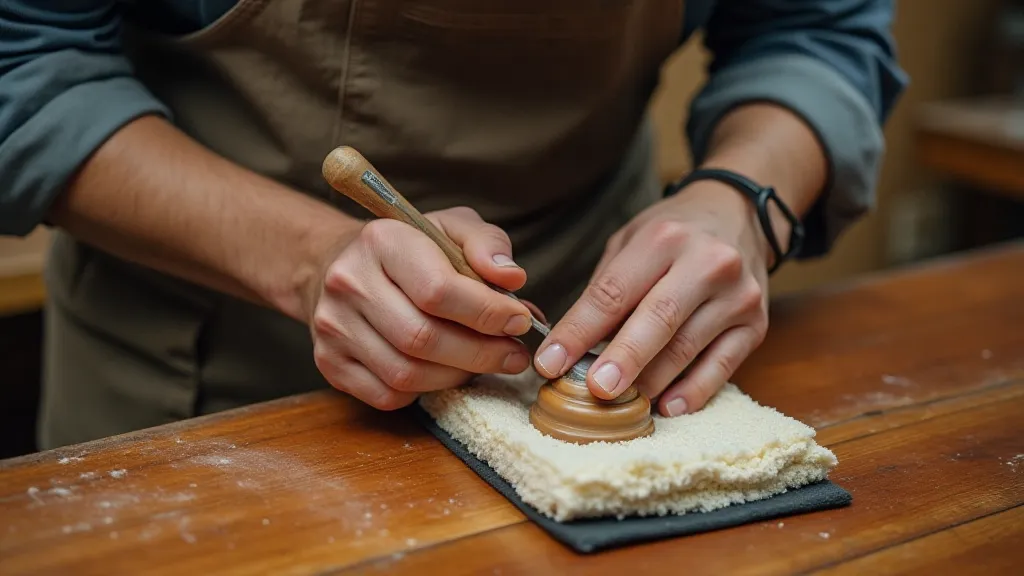
Materials and Tools
Here's a list of essential materials and tools for restoring the finish on a vintage musical box:
- Cleaning Supplies: Mild soap, denatured alcohol, mineral spirits, soft cloths
- Repair Materials: Wood filler, epoxy, tinted wax, sandpaper (various grits)
- Finishing Materials: Shellac flakes, denatured alcohol, nitrocellulose lacquer, varnish, paint, primer
- Tools: Soft brushes, sandpaper block, buffing cloths, respirator, gloves
Restoring finishes involves working with potentially hazardous materials. Always take the following precautions:
- Ventilation: Work in a well-ventilated area.
- Respiratory Protection: Wear a respirator when working with solvents and finishes.
- Gloves: Wear gloves to protect your skin.
- Eye Protection: Wear safety glasses or goggles.
- Fire Safety: Solvents are flammable. Keep away from heat and open flames.
Restoring the finish on a vintage musical box can be challenging. If you're unsure about any aspect of the process, or if the damage is extensive, consider seeking professional help from an experienced antique restorer. A qualified restorer has the expertise to identify the original finish accurately and apply restoration techniques that preserve the music box's historical integrity.
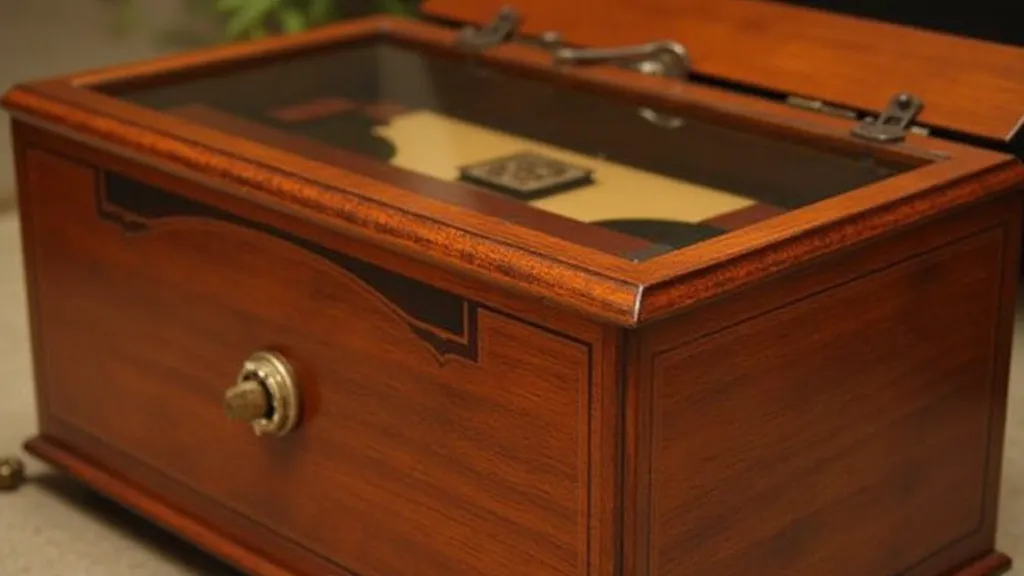
Restoring the finish on a vintage musical box is a rewarding experience. By understanding the original finish, using appropriate techniques and materials, and taking necessary safety precautions, you can bring your cherished heirloom back to its former glory, preserving its beauty and history for generations to come. Furthermore, joining a community of enthusiasts is a great way to learn and share experiences—you can find helpful resources for antique music box enthusiasts to connect with fellow collectors and learn more about these fascinating objects.


